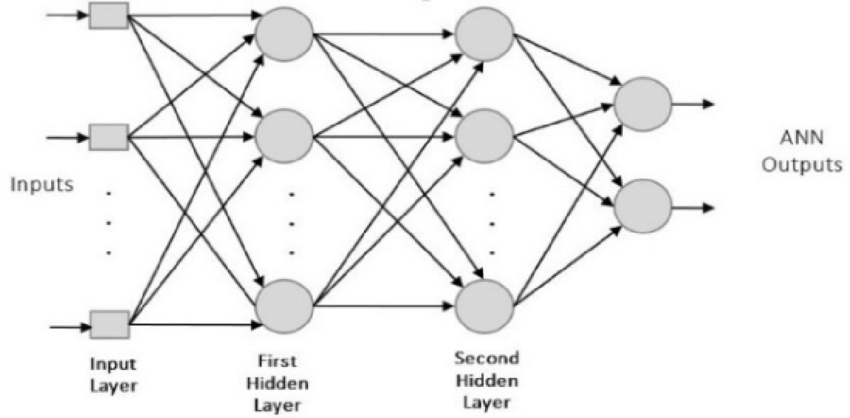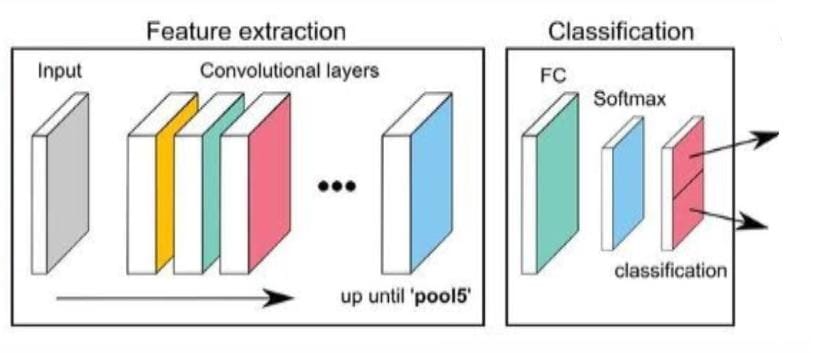Overview:
Machine learning is an application of artificial intelligence (AI) that provides systems the ability to automatically learn and improve from experience without being explicitly programmed. Machine learning algorithms are used in a wide variety of applications, such as email filtering and computer vision, where it is difficult or infeasible to develop conventional algorithms to perform the needed tasks.
"A computer program is said to learn from experience E with respect to some class of tasks T and performance measure P if its performance at tasks in T, as measured by P, improves with experience E."
- Tom M. Mitchell
Deep Learning is a subfield of machine learning concerned with algorithms inspired by the structure and function of the brain called artificial neural networks. In deep learning we have a bunch of neurons which interact among each other to decide which neurons would fire and which won't fire. Owing to this interaction we are able to make computer algorithms which learn on themselves to complete a particular task at hand. By tuning the number of layers of neurons and the number of neurons in each layer we can find an algorithm that is best suited for a particular task.
"A computer program is said to learn from experience E with respect to some class of tasks T and performance measure P if its performance at tasks in T, as measured by P, improves with experience E."
- Tom M. Mitchell
Deep Learning is a subfield of machine learning concerned with algorithms inspired by the structure and function of the brain called artificial neural networks. In deep learning we have a bunch of neurons which interact among each other to decide which neurons would fire and which won't fire. Owing to this interaction we are able to make computer algorithms which learn on themselves to complete a particular task at hand. By tuning the number of layers of neurons and the number of neurons in each layer we can find an algorithm that is best suited for a particular task.
Summer Projects:
Abstract:
|
|
With our generation being blessed with the delight of memes
that all of us, on a daily basis, consume to get a different taste of our lives, we almost instantly, after looking at an image, can tell whether we are looking at meme or at the notes that we took back sitting through that boring lecture. Unfortunately, this seemingly easy task for us as humans is a hauntingly difficult task for computers to perform. We at IvLabs gave a try at this task of classification memes and notes with the help of a machine learning technique popularly known as neural networks. |
Deployed Techniques:
- Fully connected Dense neural network - Made from scratch using NumPy
- Convolutional Neural Network (CNN) - PyTorch framework used
Deep Neural Network
Approach:
|
The fully connected deep neural network was implemented from scratch using 2-4 hidden layers, with each layer made up of an arbitrary number of nodes which after fine tuning yielded a plausible result. Each layer has ReLU non-linearity as activation function and the final layer has 2 nodes(for Memes and Notes respectively) and a SoftMax activation.
|
Gradient Descent with Adam's optimization was used for training model's parameters.
Hyperparameters:Learning Rate = 0.01
Batch Size = 10 Epoch Number = 5 |
Results:Training accuracy : 93.73%
Test accuracy : 96% |
Convolutional Neural Network
Abstract:
|
Same task was implemented with Convolutional Neural Networks with 3 convolutional layers. Each Convolutional layer was followed by MaxPooling to downsample the data. After Convolution and MaxPooling, 2 fully connected layers with ReLU activation were applied. Here also the final layer has 2 nodes one for Memes and Notes . |
Cross Entropy Loss and Adam optimization algorithm were used for training the model's parameters.
Hyperparameters: |
Results: |
|
Learning Rate = 0.0001
Batch Size = 50 Epoch number = 10 |
Train accuracy: 98%
Test accuracy: 98% |
GitHub Repository: MemesvsNotes



